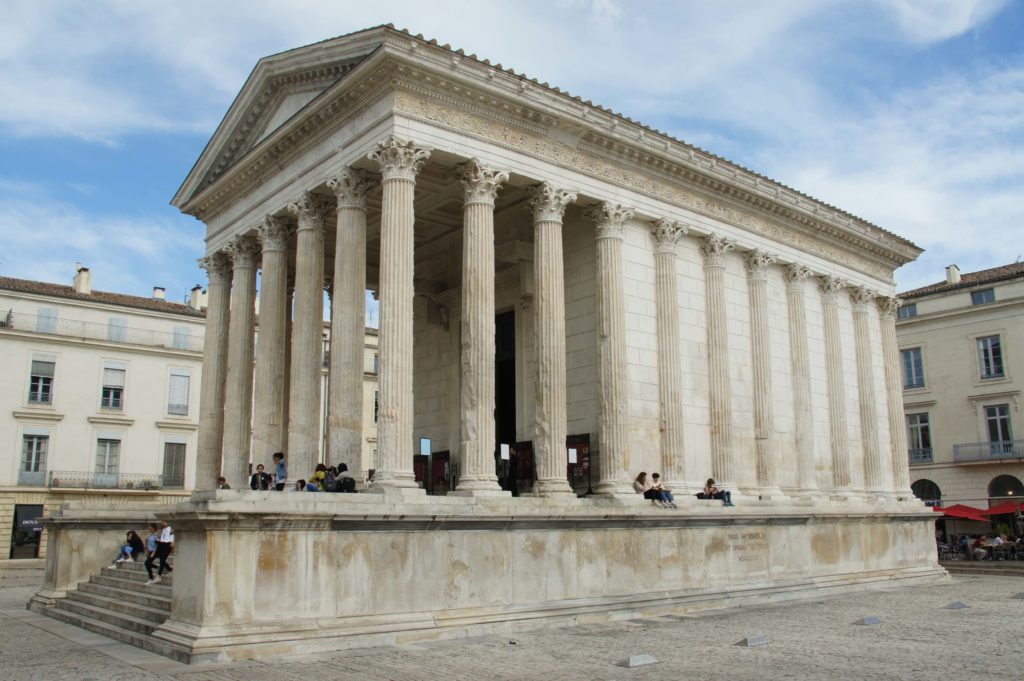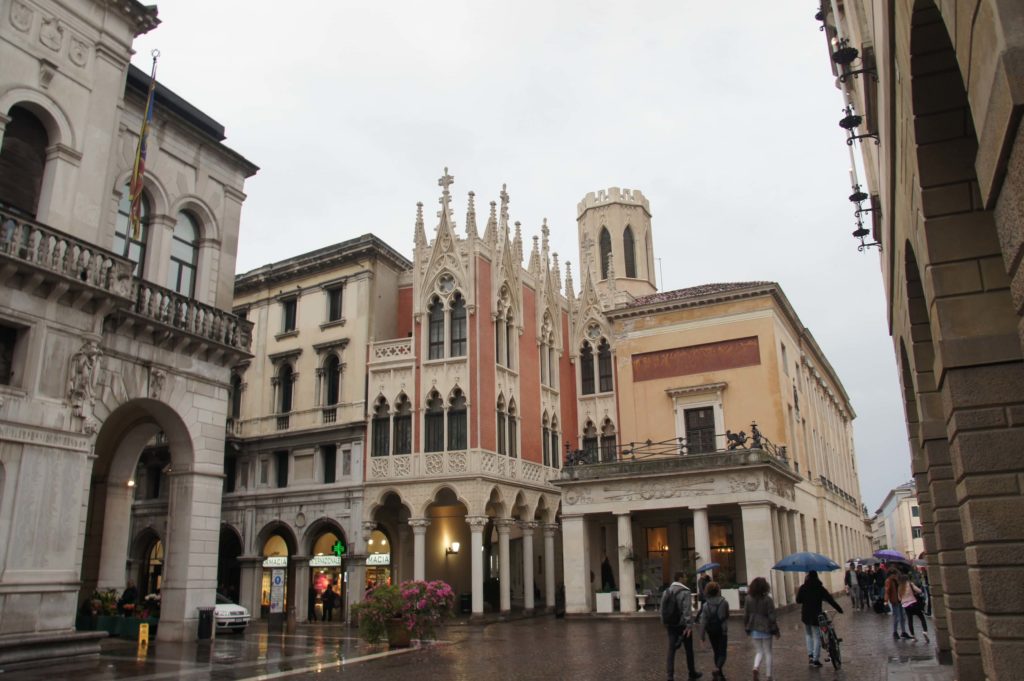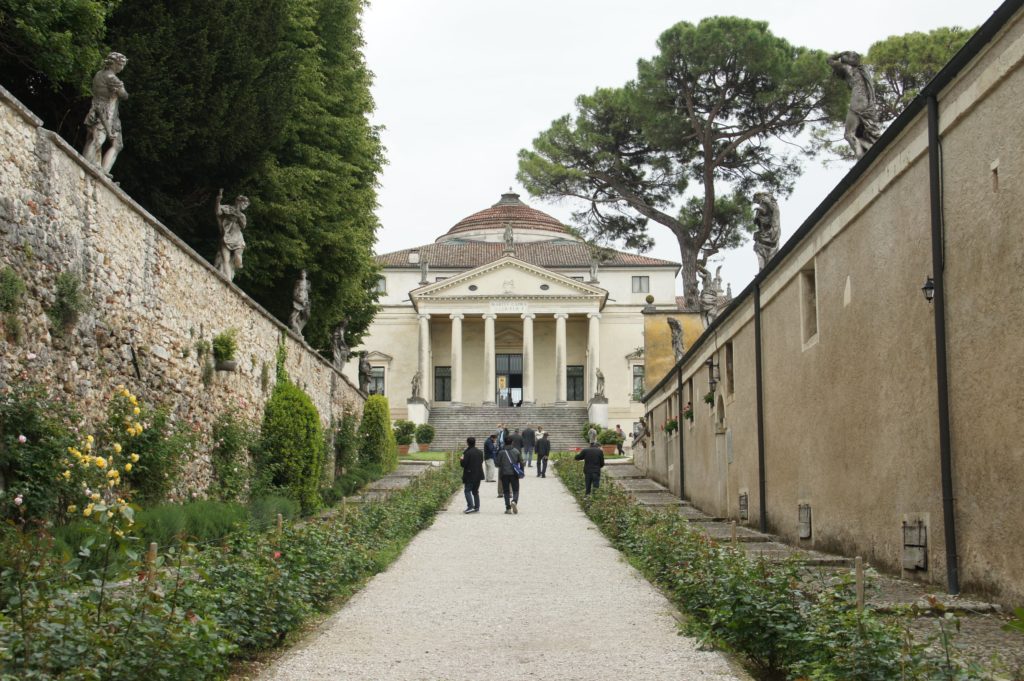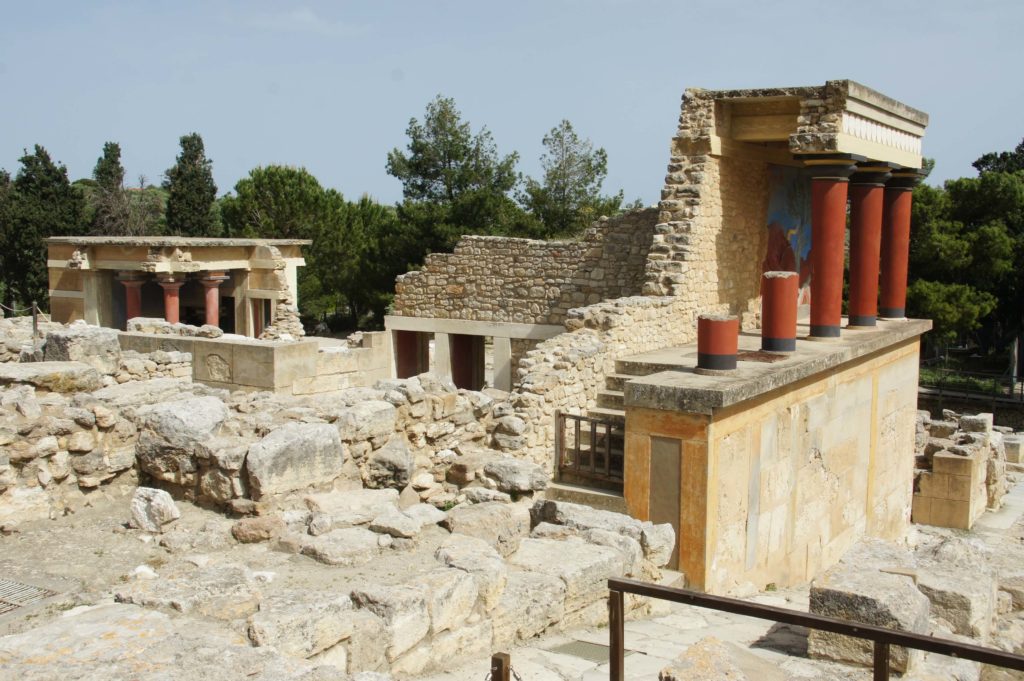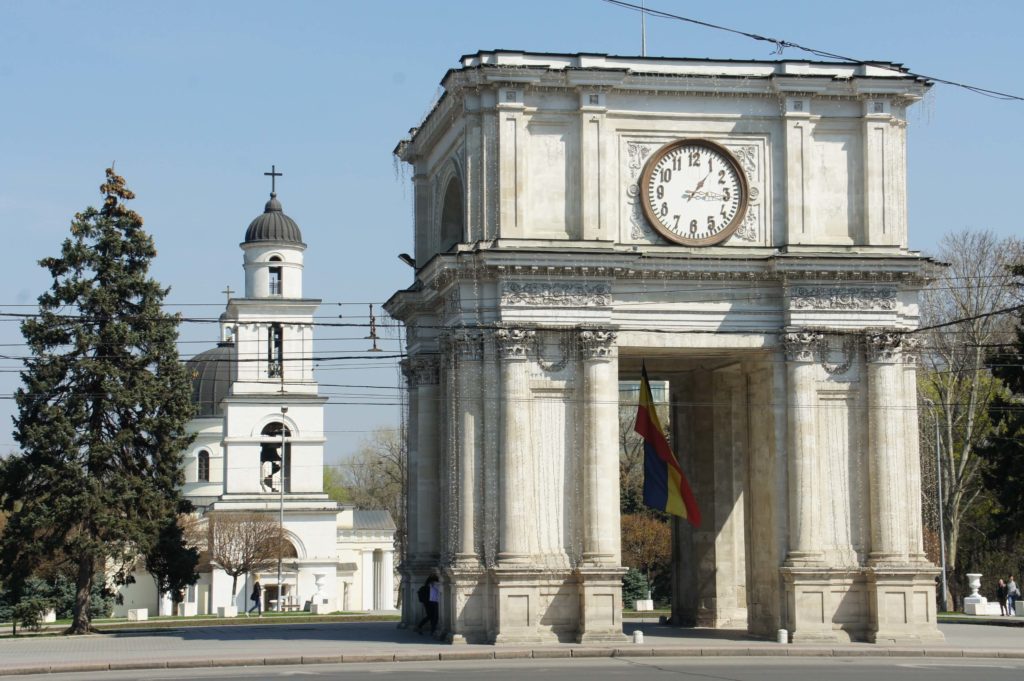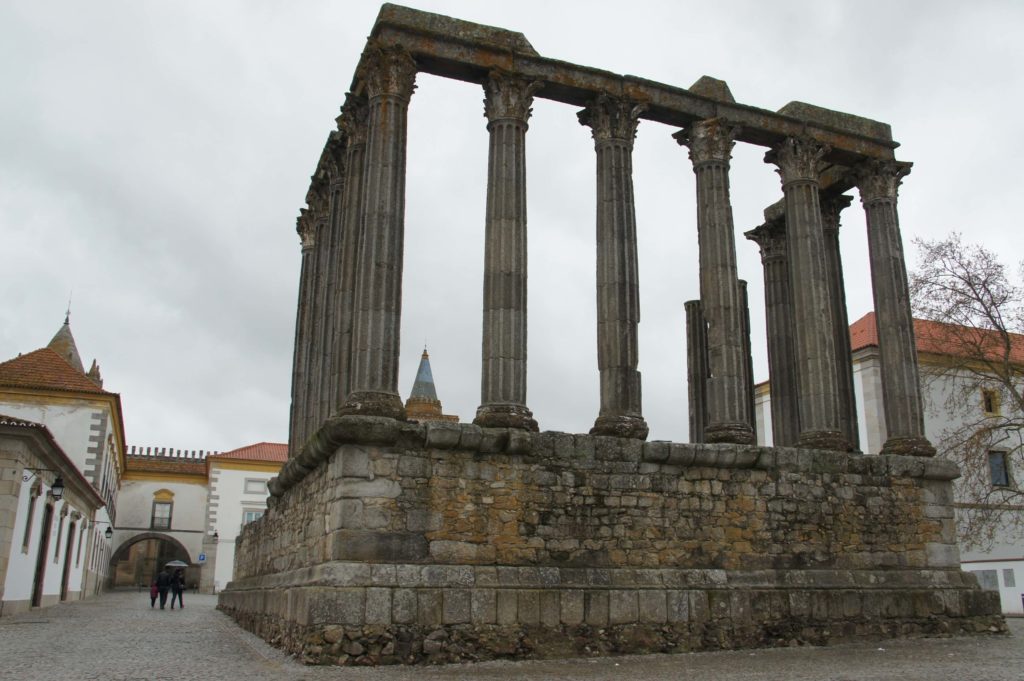Nimes – France
The French Rome
It was the year 2011 when I first came to this city on my high school trip to France and Italy, and never returned. A very long time pending for a proper return to this beautiful city. Furthermore on this occasion visiting way much more than what our teachers and tour guide showed us, pretty much just the Arena and the Maison Carree and the walk in between. As of this occasion, I’ve planned a wider tour to include some of the most fascinating Roman remains not only in France but across the former Roman Empire with the Pont du Gard and the amphitheatre and theatre of Arles, among others scattered through both cities of Nimes and Arles, all of which listed by the UNESCO as World Heritage Sites.
A weekend in the city is a great decision when coming to overall timing, but only when including the Pont du Gard and the smaller city of Arles, both very near, otherwise both days for just the city and you will be overestimating. In the other hand, it comes us, who generally push it to the limits. We planned to do in one day what would normally be a program for an entire weekend, and spent the following day in the city of Montpellier. And why is that you might ask? Simple, we grabbed some bargain flights when having our inbound to Nimes and the outbound from Montpellier airport, then why not to take the chance and visit both now that we could?. After all, it worked really well as you can see in the following guides for Arles and Montpellier, with enough time to enjoy every sight.
When visiting the city, apart form its rich Roman history and remains, there is way much more to see than that. A very traditional French city, with beautiful boulevards and elegant Mediterranean style architecture everywhere. While the historic town core is small, entirely surrounded by tree-lines boulevards along what once were the city’s walls; outside this perimeter, in the newer 19th/20th centuries extensions especially west and south you will find some of the grandest residencies and mansions in the whole of Nimes.
(more…)
